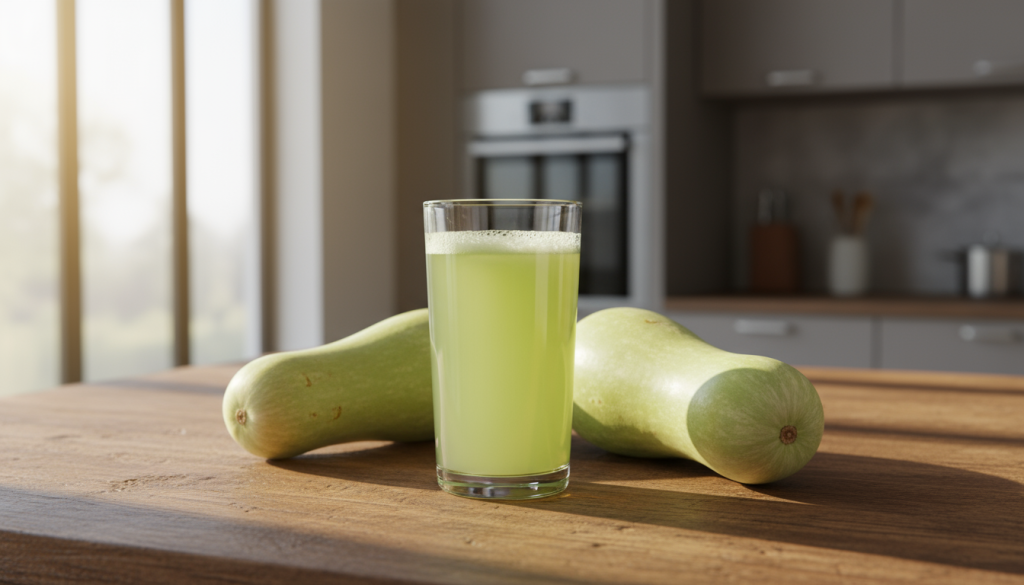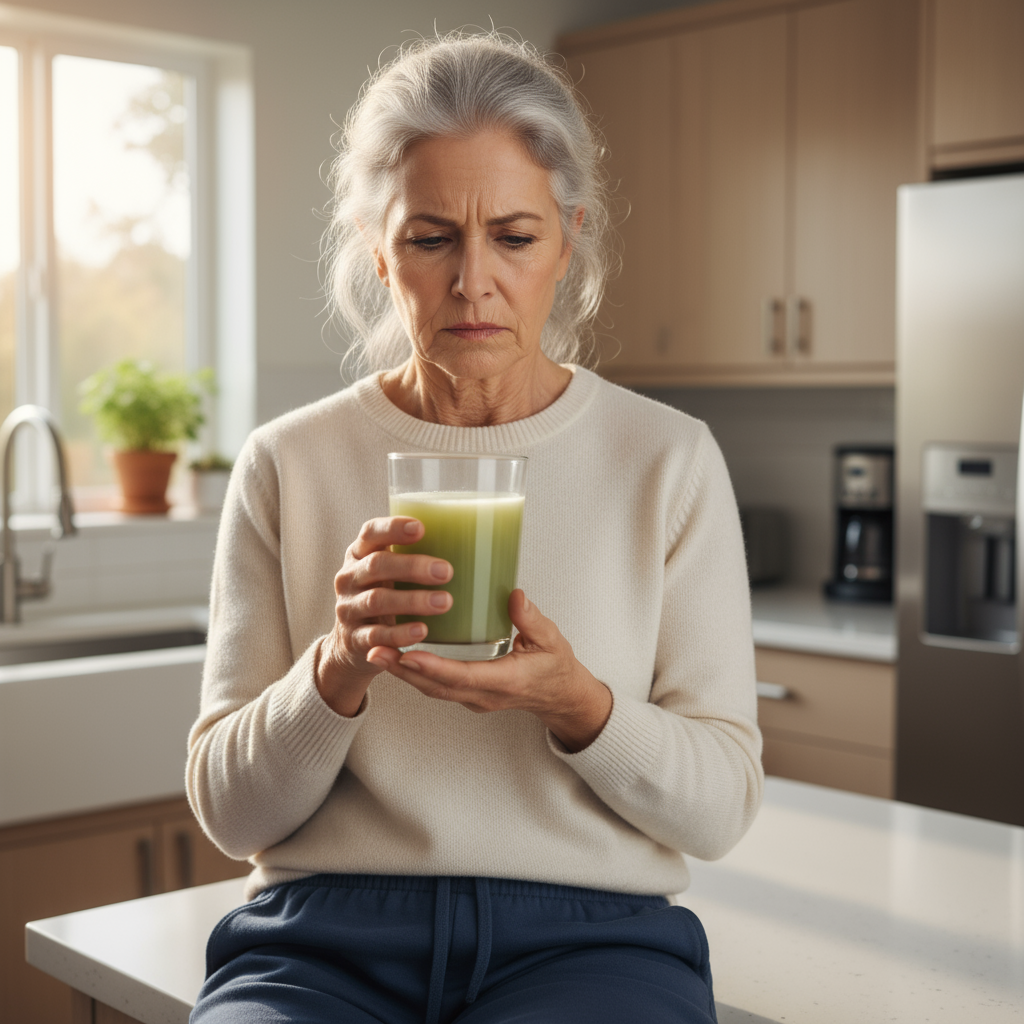Toxic Squash Syndrome From Homemade Juice Case

A routine glass of homemade calabash (bottle gourd) juice turned into a medical emergency for a 64-year-old woman who developed life-threatening “toxic squash syndrome” within minutes of drinking an unusually bitter batch.
Doctors say certain gourds can, on rare occasions, accumulate high levels of naturally occurring compounds called cucurbitacins — extremely bitter chemicals that can trigger sudden vomiting, diarrhea, dangerously low blood pressure, and even shock.
In this case, supportive care in the ICU stabilized the patient after repeated episodes of low blood pressure, and she ultimately recovered; notably, delayed hair loss occurred two weeks later, a symptom documented in similar cases.
What makes this news noteworthy isn’t to scare you away from squash, cucumbers, zucchini, or melons—these foods are safe and healthy the vast majority of the time. It’s the simple, practical takeaway: your taste buds are your first line of defense.
An abnormally bitter flavor is the only reliable early warning sign of high cucurbitacin levels. If you sip a gourd-based juice or take a bite of squash and it tastes sharply bitter, stop immediately and discard it. Heat, blending, or sweeteners won’t neutralize the toxin.

For adults, especially those focused on heart health or managing multiple medications, this is a helpful kitchen safety tip. Toxic squash syndrome is rare, but when it happens, symptoms can escalate quickly, and low blood pressure can be particularly risky. The good news: prompt medical care and supportive treatment typically lead to full recovery.
A line from the report sums up the urgency:
“As seen with this case, the onset of toxicity can be abrupt and profound,” the authors note, advising emergency providers to consider cucurbit poisoning when recent ingestion of a bitter gourd is reported.
Fresh-pressed juices and home juicing remain popular, and many global cuisines use bottle gourd. A quick taste test before you commit to a full glass is a savvy habit — much like checking a medication label — simple, fast, and protective.
Want the full story, symptoms to watch for, and what doctors did? Dive into the complete coverage at MSN and the deep-dive at Live Science.





